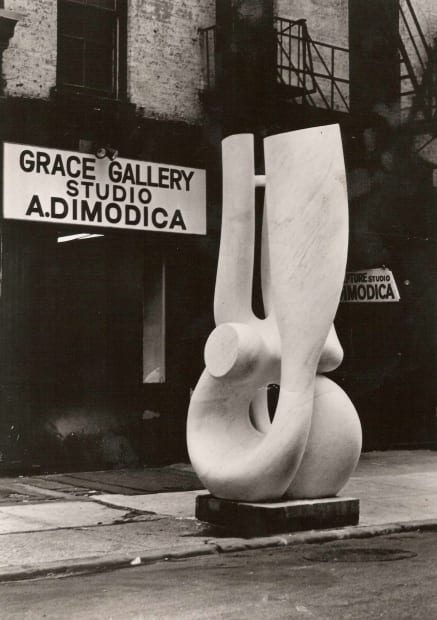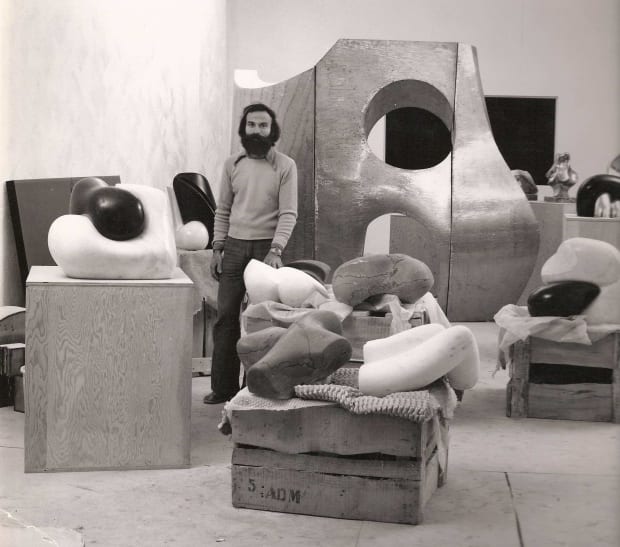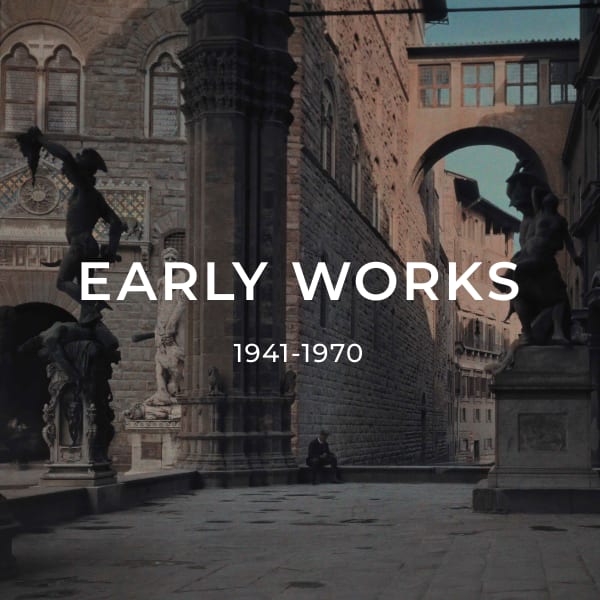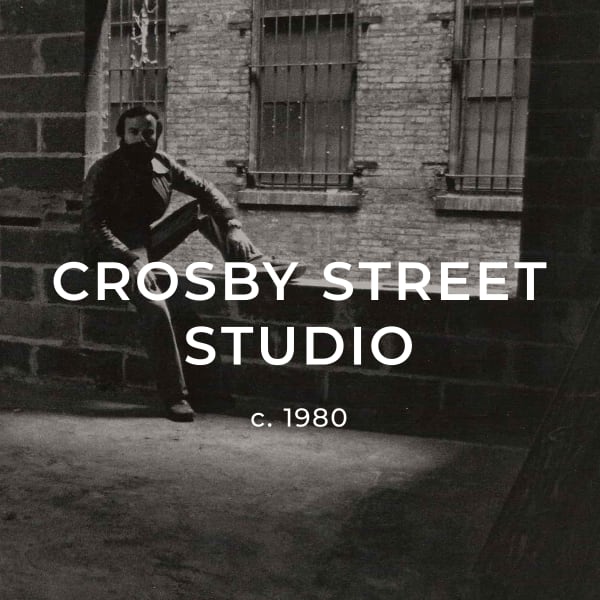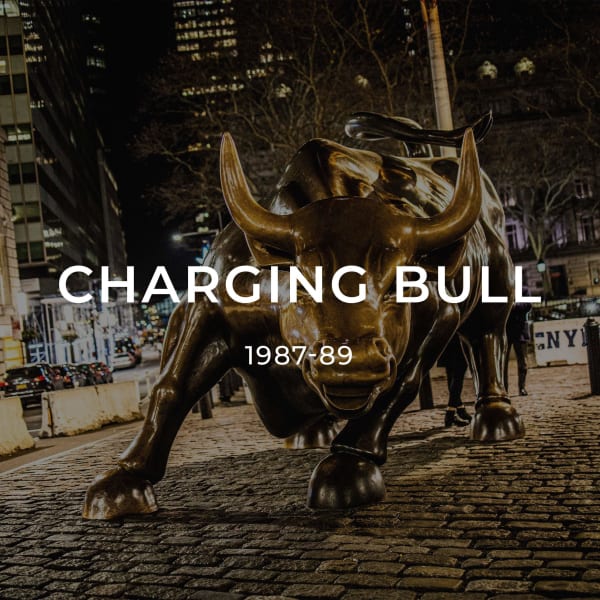-
 c.1979: Arturo Di Modica's Grand St Studio, New York
c.1979: Arturo Di Modica's Grand St Studio, New York -
-
Actual Street art, work that the authorities – and many gleeful Street artists – would call vandalism was also arriving in New York. Early coverage was supplied by Norman Mailer’s The Faith of Graffiti, a piece which was published in May 1974 in Esquire magazine and which focused on such Street art stars as Cay 161, Taki 183 and Junior 161. Mailer described the trio as being “as famous in the world of wall and subway graffiti as Giotto may have been”. True enough when Mailer was doing his reporting, but timing had not been on their side. This being just before the jungly flowering of the internet, very few remember the names of the trailblazers and little or nothing survives of their work, aside from a handful of photographs, such as a piece by Taki 183 that made it into the New York Times. Which demonstrates yet again the unpredictable role that luck can play in the growth and maintenance of an art career.
The generation that followed was another story. Futura, Crash, Daze, Fab Five Freddy, Keith Haring, Kenny Scharf, Richard Hambleton and Rammellzee exploded everywhere, from clubland and the cybersphere to the art world mainstream. Indeed, graffiti art became such a presence that artists with gallery careers, such as Sherrie Levine and Colette, also felt the compulsion to make forays onto the street. Arturo Di Modica had been carving pure modernism from white marble in Carrara. And this was the convulsive cityscape into which he had plunged, determined to make a career.
-
"Di Modica felt right away that this was a place he could cut loose and work on the ideas that were racing through his head, but which he had felt it would be inappropriate to unleash in Florence"
-Anthony Haden-Guest
The impact of Arturo Di Modica’s Manhattan transplant on his art is strong and clear. The early work he made in Florence reflects his admiration for Brancusi and Henry Moore, both being thoroughly European sculptors whose work communicates a sense of timelessness. But Di Modica later expressed that he always felt somewhat nervous in Florence, that history was constantly looking over his shoulder watching him with a beady eye, leaving him too nervous to express his really modern ideas. Not so in Manhattan. Di Modica felt right away that this was a place he could cut loose and work on the ideas that were racing through his head, but which he had felt it would be inappropriate to unleash in Florence. So the young Di Modica felt liberated. New York was the present. And the future.
-
-
Insofar as his work went, Florence had been excellent training. Upon arriving in New York, Di Modica had soon set up a studio on Grand Street, with everything he needed for production. But in other regards, namely the mores of the Manhattan art world, he entered onto a steep learning curve and in due course found himself dealing with a network of potential collectors and other interested parties, and doing so with still limited language skills and totally single-handed.
Di Modica was also constantly to-and-froing to Italy. In 1972 he made a special trip to Florence when Henry Moore was having a show at Forte di Belvedere. Mostly though he would be going to Carrara, and sourcing blocks of marble for shipping to New York. These would sometimes be sixty tonnes a piece, so large that he couldn’t get them wholly into the studio, and would have to leave them protruding onto the street.
-
 c.1979: Arturo Di Modica in Grand St Studio
c.1979: Arturo Di Modica in Grand St Studio
